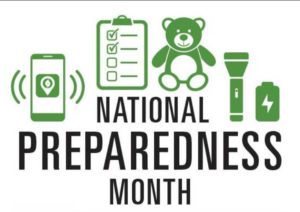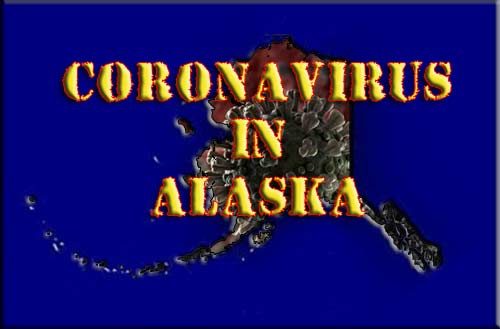Disaster Preparedness is Every Alaskans’ Personal Responsibility
 ANCHORAGE, Alaska – Alaska and the nation observe National Preparedness Month each September. The goal is to encourage people to take steps to prepare themselves and their families for a disaster. Individual and family preparedness is critical in Alaska due to the frequency, variety, and magnitude of Alaska’s disasters, as well as reliance on fragile supply lines. In Alaska it is important for every individual and families to prepare for disasters.
ANCHORAGE, Alaska – Alaska and the nation observe National Preparedness Month each September. The goal is to encourage people to take steps to prepare themselves and their families for a disaster. Individual and family preparedness is critical in Alaska due to the frequency, variety, and magnitude of Alaska’s disasters, as well as reliance on fragile supply lines. In Alaska it is important for every individual and families to prepare for disasters.
In the contiguous states, individuals are asked to be self-sufficient for three days. Alaskan emergency managers recommend everyone is prepared to shelter-in-place for two weeks or more. In addition, sub-zero temperatures and the remote nature of our communities require Alaskans to have a greater level of preparedness.
“In the last few years we have experienced the 2018 Cook Inlet Earthquake, COVID-19 pandemic, and the 8.2 magnitude Chignik Earthquake. The need for Alaskans to prepare for disasters has never been clearer,” said Director Bryan Fisher, Alaska Division of Homeland Security and Emergency Management (DHS&EM). “When individuals, families and neighborhoods prepare for a disaster, it enables emergency managers to focus on caring for those most devastated by the event and to restore the goods and services that allow a community to operate normally. A prepared community diminishes a disaster’s impact and greatly increases the speed of the response and recovery effort.”
DHS&EM offers comprehensive emergency preparedness tools for individuals and families at http://ready.alaska.gov/Outreach/Prepare.
The preparedness tools will help people identify the threats and hazards that exist in a community, develop a family emergency communication plan, and build an emergency supply kit for themselves, their family, and their pets. The preparedness tools also contain home mitigation information and neighborhood organization tips.
###[content id=”79272″]






